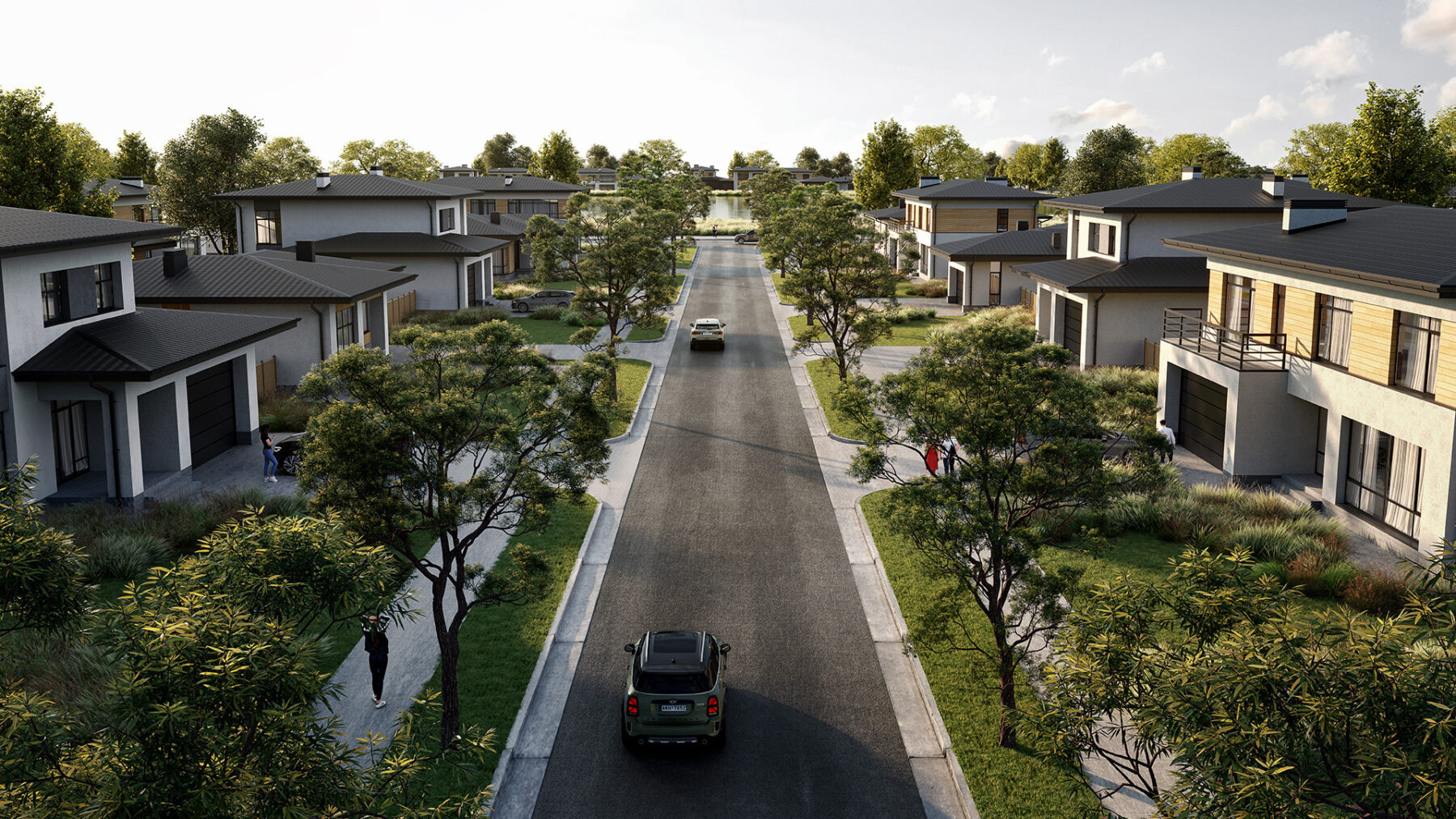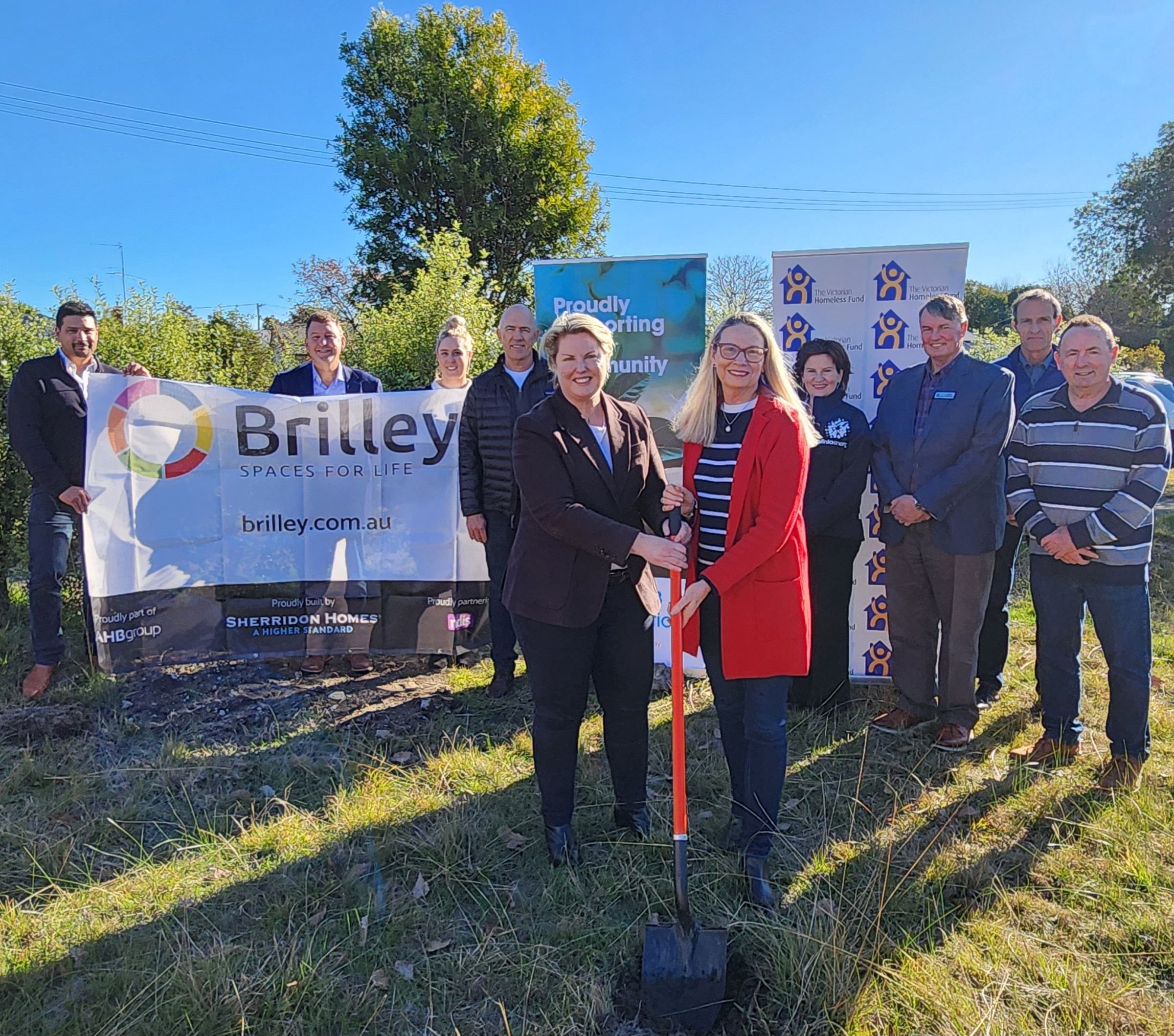
According to Datt Capital Principal Emanuel Datt, there is little evidence to suggest that house prices are about to ‘fall off a cliff’, in their recent analysis of residential property market dynamics.
Datt says the bears are ignoring a number of fundamentals that are supportive of house prices. These include unemployment rates at historic lows, a declining rate of housing starts and a high household savings rates.
Datt says: “A core premise of the bear thesis is that rapidly rising cash rates will flow through to higher mortgage rates, stressing borrowers who will be forced to sell their homes or housing investments to stay solvent.
“There is no denying that higher mortgage rates will affect the serviceability of loans within certain borrower segments. But we believe it’s unrealistic to extrapolate that experience across the broader market.”
“The Australian Bureau of Statistics measures housing loans at the application approval stage, excluding refinanced loans. This factor ultimately exposes a bias towards those borrowers who are likely to be changing homes or churning investment properties, adding a skew towards this risk-
loving borrower segment. The reality is far more bland, in our opinion.”
The average holding period for Australian housing is just over 11 years per property. Genworth, a mortgage insurer, discloses that the average effective loan-to-valuation (LVR) ratio for housing with a vintage of 11 years is circa 45%, with an average LVR across their book of around 50%.
“This is very low given mortgage insurers typically insure lenders against these higher-risk borrowers. This is from a sample size of 1.12 million loans or about 20% of residential loans outstanding,” Datt says.
Datt says households that do face cost pressures will manage the situation by cutting their spending on discretionary items in their household budgets, while shopping around to minimise their essential cost of ownership.
According to property industry researcher CoreLogic, the average national dwelling value fell 0.2 per cent in the June quarter, the first quarterly decline since October 2020. Sydney, Melbourne and Hobart values fell during the quarter, while all other state and territory capitals and all regions recorded increases.
“We need to take a more holistic view,” Datt says. “The rate of housing starts is falling given disruptions to the construction industry, tightening the availability of inventory available on the market. This means that any distressed selling is likely to be on market for a shorter time at the right price point.
“Unemployment rates are at historical lows with increased upside pressure on wage growth. This is supportive as wage growth will be balanced out by more onerous serviceability requirements with future interest rate rises.
“Household savings rates and balance sheets have improved materially since March 2020, buoyed by
government stimulus as well as restricted discretionary spending on travel for a relatively long
period of time.”
According to the Reserve Bank of Australia, households have saved around $260 billion since the onset of the pandemic. These savings are in savings, redraw and offset accounts. Since the start of the pandemic, payments into offset and redraw accounts has been around 3.5 per cent of disposable income.
Taking these savings into account, the ratio of household credit to income is lower than the headline figure of 150% and is actually around the 2007 level. Around half of households with variable rate owner occupier mortgage debt have enough prepayments to service their current loan repayments for almost two years.



